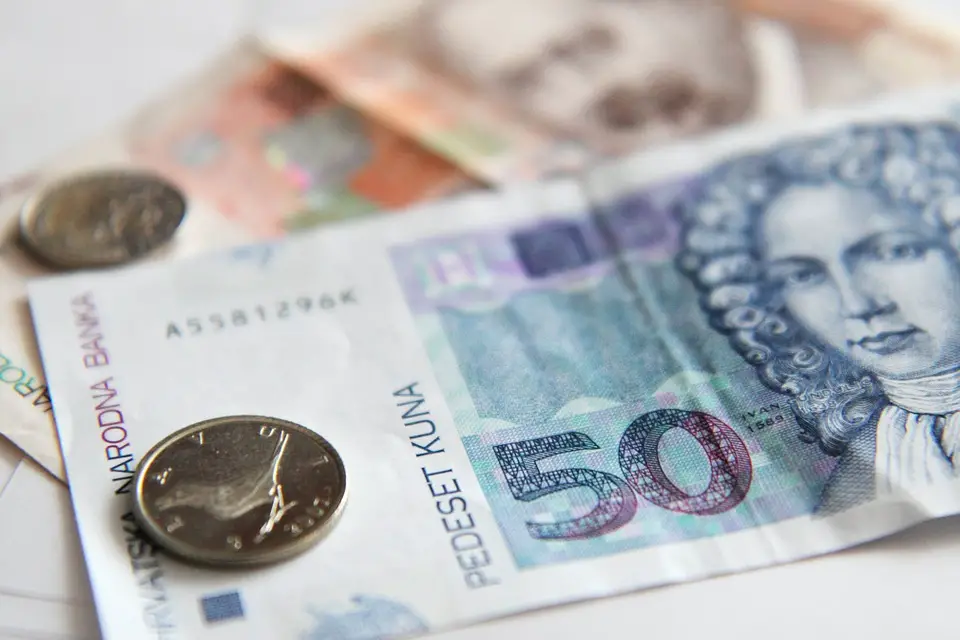As Poslovni Dnevnik writes, last Friday, at a Eurogroup meeting in the Slovenian capital city of Ljubljana, a “Memorandum of Understanding” was signed between the European Central Bank, the Croatian National Bank and the European Commission. Tihomir Mavricek, Executive Director of the CNB’s Cash Department, spoke about the bureaucratic phrase (memorandum of understanding) regarding the issuance and production of euro coins in Croatia on HRT’s Studio 4 show.
Mavricek simplified the memorandum, why it is important and whether it means that Croatia can mint the euro itself.
The memorandum signed has its own symbolism and practical side. It is symbolic because it is the first official document signed between the three parties, and practical because it completes all of Croatia’s preparations for accession to the Eurozone.
How much does it cost to mint the euro?
When asked who will do it in Croatia and how much it will cost, Mavricek said that it will be minted by the Croatian Monetary Institute.
”They’ve already started their preparations, and the real minting of euro banknotes is possible only after the Council of the European Union makes a decision on Croatia’s accession to the Eurozone,” said Mavricek.
”Based on the memorandum, we can make one million test pieces of each of the eight denominations of euro coins. We can test how ready we’d be to mint all the necessary quantities of euro coins after the Council’s decision,” he said, adding that the cost of making one euro coin costs about 10 cents on average.
Kuna cash and its storage
As for the storage of the Croatian kuna, which will soon be replaced by the euro, he said that since the beginning of the introduction of the kuna, the CNB has produced 2.8 billion pieces of kuna coins.
”If we lined them up next to each other and vertically, we’d get 4500 km of coins, which is from Zagreb to Riyadh in Saudi Arabia. They weigh about 10,000 tonnes. Based on the experience of other countries, we expect that about 35 percent of those coins will be returned, or 1.13 billion pieces. That’s about 5200 tonnes, which corresponds to the weight of 124 new Zagreb trams. If a truck can load 20 tonnes of coins, we’re talking about about 260 trucks of kuna coins,” Mavricek illustrated.
He said that there would be fewer euro coins, but not because of the exchange rate or the ratio of approximately 7.5: 1.
”There’s a conversion methodology developed by the European Monetary Institute, which is based on the fact that we have the same number of coins and banknotes as we had for our national currency. According to the budget formula, we’ll get approximately the same number of coins and banknotes, but it will still be a little less,” Mavricek explained.
He added that according to information from the Deutsche Bundesbank, a huge amount of German marks remained everywhere, and still do. According to some estimates, it amounts to almost 6 billion marks. Even today, stamps can be converted into euros.
”The CNB is preparing for the safe storage of both kuna cash (banknotes) and coins. Banknote issues have already been resolved, and for coins it is currently being resolved. It will be in a safe location that will be guarded non-stop,” Mavricek said.
Deadlines for exchange of kuna cash and coins
-”Unlike kuna banknotes that will be exchanged for euros indefinitely, kuna coins will only be able to be exchanged for a period of three years. The first year will see all banks take responsibility for that, and then the following two will be dealt with solely by the CNB,” Mavricek explained, adding that the returned kuna cash will be stored on an area of about 2,000 m2.
He believes that minting euros in Croatia will be cheaper than having them done for the country elsewhere and by someone else.
For more, check out our dedicated lifestyle section.











